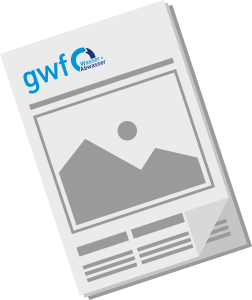The project will help increase access to and quality of WSS in different cities around the country. It will also support the implementation of reforms of the new legal framework promoted by current sector policies.
The Minister of Housing, Construction and Sanitation, Javier Piqué, said that “the World Bank’s approval of this program is an important vote of confidence for the reforms we are undertaking in the water and sanitation sector. It establishes concrete mechanisms for their implementation through the strengthening of WSS to guarantee their sustainability and lay the groundwork for reducing current gaps in service access and quality.”
Alberto Rodríguez, World Bank Director for Bolivia, Chile, Ecuador and Peru, stated that “this financing supports the efforts of the Peruvian government to achieve the Sustainable Development Goals, especially Number 6, which establishes the commitment to provide safe water and sanitation for all Peruvians by 2030. Water and sanitation issues are essential in the fight against poverty.”
The cities that will benefit from the program are currently serviced by the following WSS providers: Servicios de Agua Potable y Saneamiento del Cusco S.A. (SEDACUSCO); Servicio de Agua Potable y Saneamiento de Arequipa (SEDAPAR); Empresa Municipal de Agua Potable y Alcantarillado Coronel Portillo (EMAPACOP); Empresa Municipal Prestadora de Servicios de Agua Poble y Saneamiento de Huacho (EMAPA Huacho); Servicio Municipal de Agua Potable y Alcantarillado de Barranca (SEMAPA Barranca); and Empresa Municipal Prestadora de Servicios de Agua Potable y Saneamiento de Huaral (EMAPA Huaral). These six WSS providers deliver water services to some 1.67 million users. The project will increase service access and quality.
The project will end in December 2023. The loan has a maturity date of 12.5 years, with an 11-year grace period.
Source: www.worldbank.org/
Peru receives loan to upgrade water and sanitation services
Kategorie: Trade & Industry
Autor: Jonas Völker
Das könnte Sie auch interessieren:
Passende Firmen zum Thema:
Publikationen
Sie möchten die gwf Wasser + Abwasser testen
Bestellen Sie Ihr kostenloses Probeheft
Überzeugen Sie sich selbst: Gerne senden wir Ihnen die gwf Wasser + Abwasser kostenlos und unverbindlich zur Probe!




